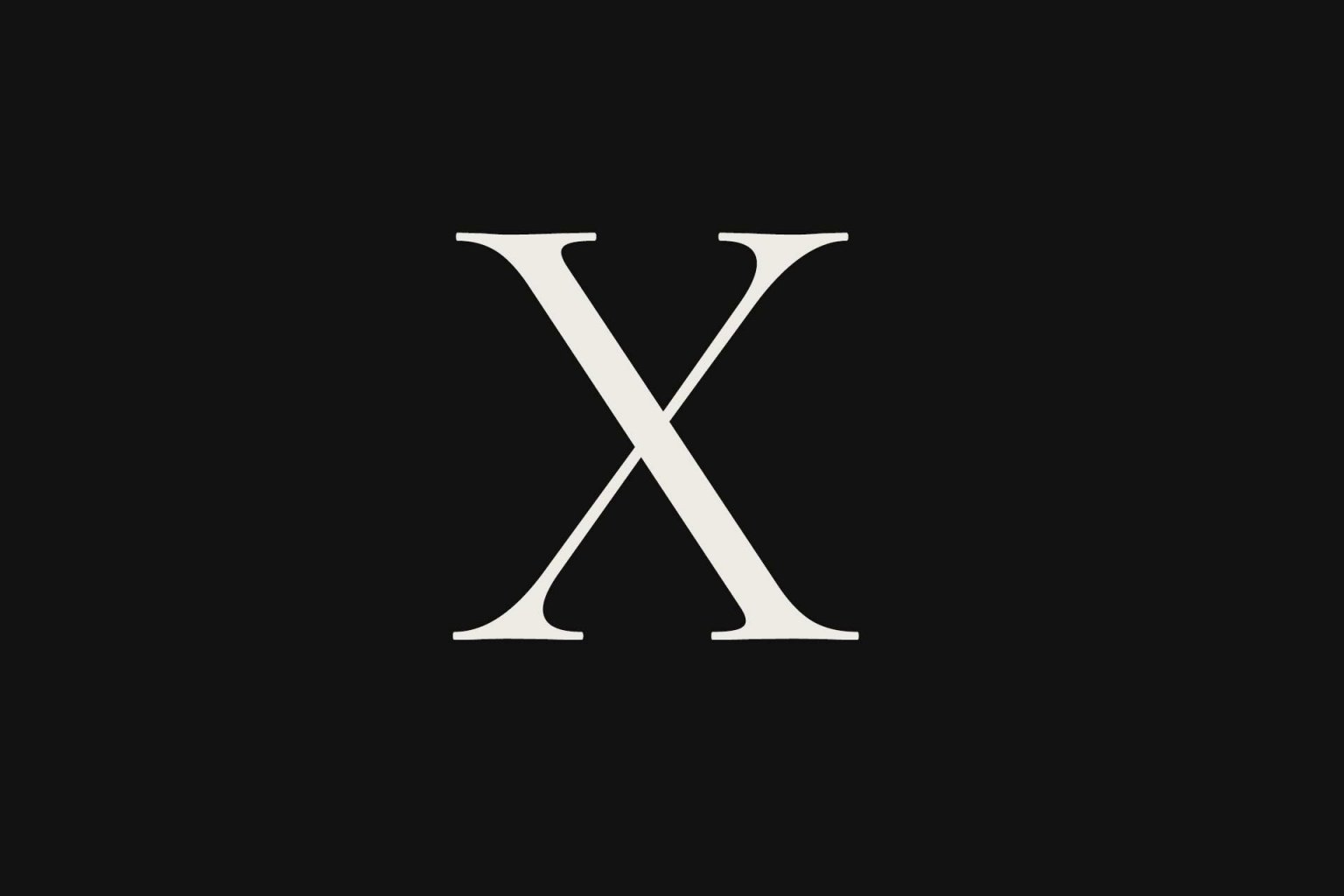Design movements seem to swing like a pendulum. Back and forth. Minimalism, modern, sleek design is poised throughout our cultures and societies from the hands of designers across the globe. This ripple effect takes place every few years and we see a shift, well, more like a tidal wave of a certain aesthetic across various types of mediums, marketing campaign, product designs, etc. In a certain era of time, a designer could walk down the street and more than likely decipher the type of product, message, or campaign something was designed for purely based on the architecture of the aesthetic. The color, font style, texture, photography treatment and energy of a design can quickly render itself to being grouped into a thought-shared aesthetic within various industries at certain points in time.
This pendulum seems to swing back and forth faster and faster from the Swiss influenced modern approach of the Bauhaus era of design, to the reckless and abandon-all-rules of the ever chaotic approach of the 90’s. Somewhere between the two, we find the aesthetic of various designers who have garnered their own sense of style by focusing strictly on either side of the pendulum, or creatively balancing the two within their personal work.
The 90’s saw a group of designers who threw out all conventional design thinking influenced by the Swiss or Bauhaus modern movement and set out to disrupt every piece of visual they could get their hands on. Magazines, posters and prints during this time looked chaotic and completely destroyed. The visual language was oscillating and finding some sort of balance from all of the clean and minimalist designs that saturated the markets. Helvetica was an outcast during this time. Primary colors were disregarded. It was a playground of grunge and texture is and disturbance. It was reminiscent of the culture – it resonated with the music of the time (grunge and alternative came into the mainstream). And this pattern continued until the late nineties when Steve Jobs launched the visuals for Apple and the introduction to the iPod. The clean and minimal approach was back, with a notion of evangelical tones and zen approach to the visual brand. The pendulum was swinging back and soon every digital and tech company was copying the aesthetic because it was dominating the market. And on and on, this happens constantly throughout culture.
Furthermore, commerce, business and revenue sales tend to drive the swinging aesthetic pendulum back and forth. Designers either follow an aesthetic that is working at the time to provide value to increase sales and revenue; or they have bought enough time to explore, experiment and begin swinging a the aesthetic pendulum back the other way; if the sales follow, then so does the industry aesthetic.
Instead of bouncing back and forth, ever so often between these two dichotomies of design; clean vs. chaos. I believe visually, the true effectiveness of design lies somewhere in the moment where we can oscillate both at the same time. Presenting a clean product or brand in a very rough and distorted way. Or… a very dismal and chaotic product or work designed in a clean, minimal and modern way. To me, what I am trying to describe here, is that designer’s need to pay attention to the messaging and tone of the thing itself and use the visual approach to create the tension within the product, campaign or message. This approach creates an oscillation of a metamodernist approach to the work, and in turn, is more effective than the constant swinging of the aesthetic pendulum. It’s a difficult approach to take on and execute, but if done correctly, I believe has the biggest impact to resonate with our audience.


